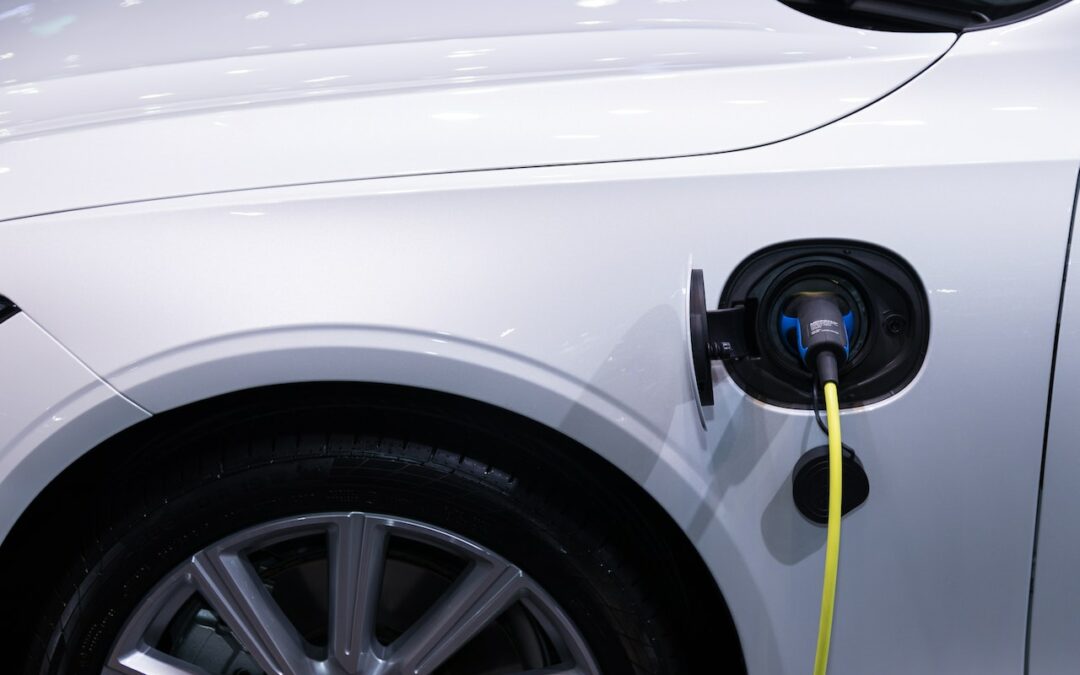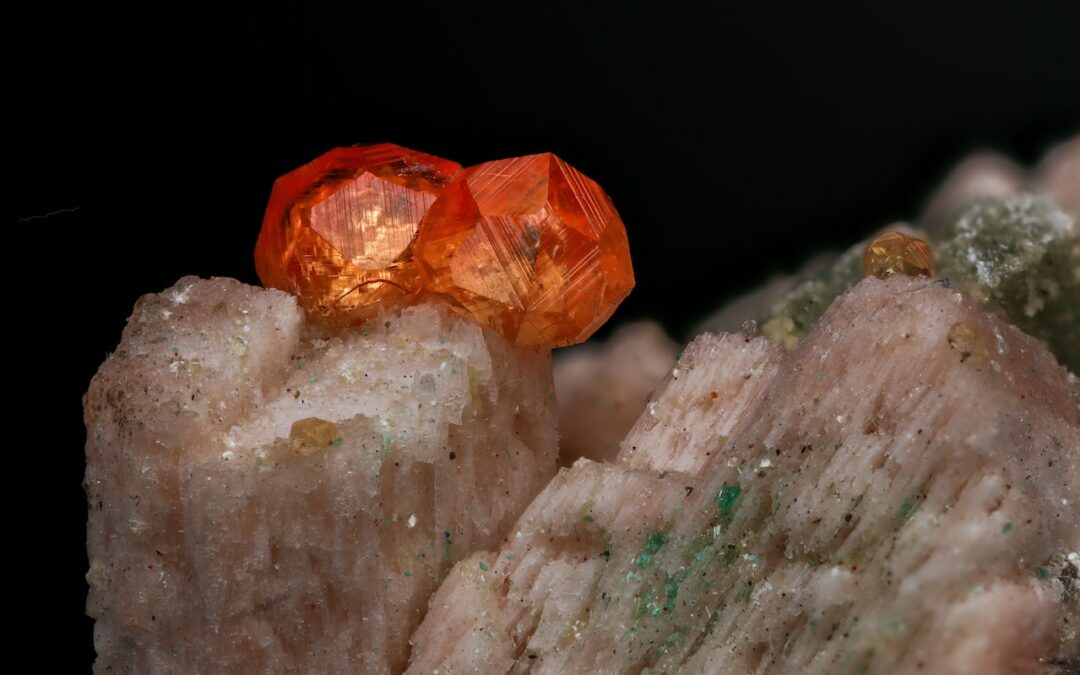
by Komoneed | Oct 3, 2024
Editor’s Pick: Just Energy Transition Blogs
jschoshinski
Tue, 10/01/2024 – 21:07
Advancing a just transition to a low-carbon economy is an important action for realizing USAID’s 2022-2030 Climate Strategy. The Agency is committed to inclusive, gender-equitable, and participatory decision making and development processes. The following blogs highlight how USAID programs are using these processes to support a just energy transition.
COP28 Calls for a Just Energy Transition: Here’s What USAID’s Doing to Meet the Challenge
One major theme of COP28 was advancing a just energy transition. USAID’s Climate Strategy emphasizes climate actions that provide broader development benefits, like food and water security, health, peace, and education, to promote equitable and just outcomes while advancing a cleaner energy sector.
Beyond Technology: Empowering Leaders through the Women in Power System Transformation Initiative
Women make up half of the world’s workforce potential but are underrepresented in the power sector, especially in technical and leadership roles. The transition to clean energy is not just about technology; it requires a shift in the way we think about energy systems and the role of women in the sector. The USAID-National Renewable Energy Laboratory Partnership is working to address this gender gap to ensure a just energy transition.
Can “Big” Clean Power Benefit Indigenous Communities?
Given the scale of the energy transition that is needed to address the climate crisis, some worry only large projects run by big companies can achieve it, and that the benefits will not trickle down to marginalized communities. However, clean energy projects in Latin America show that even large, utility-scale renewable power projects can bring durable benefits to historically marginalized Indigenous communities.
USAID’s Climate Strategy in Action: Empowering Women Leads to Sustainable Power
Engendering Industries support USAID’s Climate Strategy targets of reducing emissions and helping countries reach their mitigation goals by enhancing gender equality in the renewable energy sector. Companies with inclusive workplace policies and cultures report greater innovation, creativity, and overall business performance.
Clean Energy, Clean Air
Air pollution is the world’s largest environmental health risk, accounting for one in eight deaths annually, 95 percent of which occur in low- and middle-income countries. With smart partnerships and investments, USAID can help advance a global transition to clean energy that will make impacts across air quality, health, poverty, gender equity and social inclusion, ecosystem degradation, and climate.
Explore additional Energy blogs here.
Teaser Text
The following blogs highlight how USAID programs are using these processes to support a just energy transition.
Publish Date
Tue, 10/01/2024 – 12:00
Author(s)
Jamie Schoshinski
Hero Image
IMG_4816.JPG
Blog Type
Blog Post
Strategic Objective
Integration
Mitigation
Region
Global
Topic
Air Quality
Climate/Environmental Justice
Energy
Clean or Renewable Energy
Gender and Social Inclusion
Indigenous Peoples and Local Communities
Sectors
Energy
Show Download Link
On

by Komoneed | Oct 3, 2024
The hydrogen-powered Vivaro can travel around 250 miles on a tankful and has a 1,000kg maximum payload

by Komoneed | Oct 3, 2024
This post was originally published on We Build ValueL’articolo Webuild at work on the massive railway tunnel at the heart of the Northeast Corridor proviene da We Build...

by Komoneed | Oct 3, 2024
Our editors curate highly rated brands that are first assessed by our rigorous ratings system. Buying through our links may earn us a commission—supporting the work we do. Learn more. We celebrate the brands that have improved their public disclosures and moved up a level on our ratings scale. Which fashion brands are improving […]
The post These 3 Brands Improved Their Sustainability Ratings in September appeared first on Good On You.

by Komoneed | Oct 2, 2024
In an era where energy conservation is paramount, high-efficiency mechatronic drive systems are emerging as vital components in various industries. These systems combine mechanical, electrical, and electronic engineering principles to enhance performance while minimizing energy consumption. As businesses seek to lower their operational costs and environmental impact, the adoption of these advanced technologies are becoming increasingly crucial.
The question then becomes, what is the best way to adopt these technologies in industrial applications? Francois Sieberhagen, National Product Engineer – Product Management at SEW-EURODRIVE, says that optimising the entire drive system leads to significant improvements. He says that the energy expenses associated with operating electric motors may account for more than 80% of the total cost of ownership (TCO).
Sieberhagen suggests focusing on optimising the efficiency of each component in the drive chain to ensure that they all have high energy efficiency ratings, both individually and as a system. He explains that two prevailing international standards govern the efficiency of electric motors.
IEC 60034-30-1 covers line-operated AC motors. The standard refers to efficiency classes from IE1 to IE4, with IE1 – Standard Efficiency being the least efficient and IE4 – Super Premium Efficiency the most efficient.
IEC TS 60034-30-2 specifies efficiency classes for inverter duty motors not covered by IEC 60034-30-1. This standard introduces an additional efficiency class, IE5 – Ultra Premium Efficiency, which is currently the highest defined class.
Exceeding the standard
In Australia, MEPS regulations mandate that low voltage motors meet a minimum energy performance standard of IE2, which is classified as high efficiency. Sieberhagen notes that the motors supplied by SEW-EURODRIVE to the Australian market not only meet but surpass this requirement, with efficiency classes ranging from premium (IE3) to ultra-premium (IE5).
MOVIGEAR® performance combines the motor, gear unit, and frequency inverter into a single, compact housing, with integrated communication for operation on all standard Ethernet-based infrastructures. This innovative drive unit is notable for its space-saving design, impressive overload capability and it is up to 50% lighter than conventional drive systems. By combining the inverter with IE5-class motors, MOVIGEAR® performance surpasses the highest defined energy efficiency class IES2 to IEC 61800-9-2 for systems comprising of a motor and inverter, setting a new benchmark that outperforms current market solutions. These products are often used for dynamic material handling applications. In Europe, one fulfilment centre achieved 1710 kg/year fewer CO2 emissions and a 57% average energy saving per drive after modernising with a MOVIGEAR® performance solution. They were also able to reduce noise by 50% due to the drives being fan-free.
The local experience is similar. “A number of Australian airports have achieved energy savings in their baggage-handling conveyor lines by installing MOVIGEAR® performance. The extent of the improvement ranges from 50% to 70%,” says Sieberhagen.
A versatile solution for any application
Other components in the drive system also play a role in reducing energy consumption. SEW-EURODRIVE’s DR2C series synchronous motors also meet the requirements of the IE5 efficiency class. These motors, designed for pure inverter operation, offer dynamic and thermal reserves for a sustainable operation and lifecycle cost reduction. Interior permanent magnet (IPM) technology reduces the size of the motors.
“A DR2C series motor can be two sizes smaller than its equivalent asynchronous motor,” says Sieberhagen.
Sieberhagen also points out that the operating temperature of the DR2C motor has a role to play in contributing to the sustainability of the system. Since the motor runs cooler, it lasts longer. The longer lifetime is once again suitable for both the environment and the bottom line.
Another component to be optimised in materials-handling applications is the drive unit. The SEW-EURODRIVE MOVIMOT® advanced drive unit combines an asynchronous motor with a frequency inverter to create a decentralised drive unit that can be combined with any standard gear unit. Depending on the choice of motor, the efficiency rating will be either IE5 or IE3. Nominal power ratings for drives with the ultra-premium efficiency DR2C series synchronous motor range from 0.75 kW to 2.4 kW; for the DRN series, the range is 0.37 kW to 7.5 kW.
“Further, motors operated with inverters can reduce the energy consumption by adjusting the motor speed to precisely match the application requirements,” says Sieberhagen.
Overall efficiency
Sieberhagen says that maximising energy efficiency relies not just on the individual components but also on the exact way they coordinate with each other. When these components are designed to be a perfect fit, the optimisation is complete. The interplay between cutting-edge electronics and closed-loop control technology on the one hand, and an optimised high-efficiency motor and efficient helical gear unit on the other, culminates in system savings of up to 50% compared to the standard alternative.
Adopting high-efficiency mechatronic drive systems is a transformative approach to energy management across various industries. These systems significantly reduce energy consumption, minimise waste, and enhance operational performance. Consequently, they not only lower operating costs but also contribute to a more sustainable future. As businesses continue to embrace these technologies, the potential for energy reduction and environmental stewardship will undoubtedly grow, paving the way for a greener industrial landscape.





